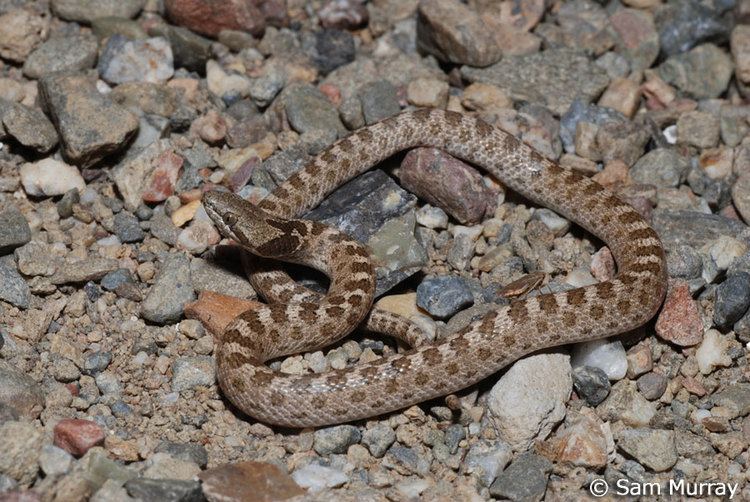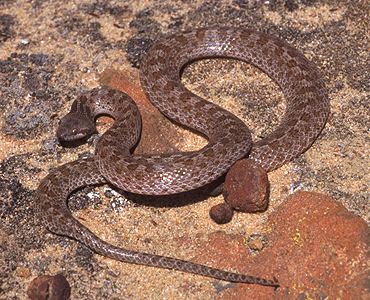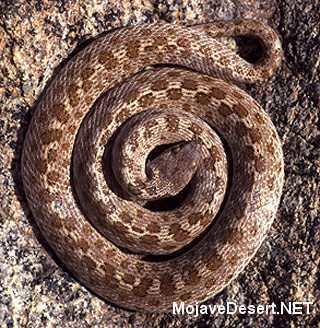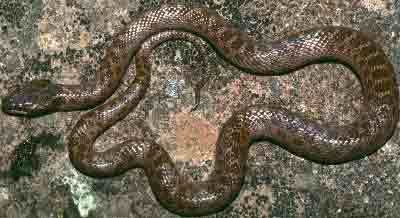Subphylum Vertebrata Suborder Serpentes Rank Species | Phylum Chordata Higher classification Hypsiglena | |
 | ||
Lower classifications Hypsiglena jani, California night snake | ||
Night snake hypsiglena torquata swallowing a frog
Hypsiglena torquata, commonly known as the night snake, is a species of rear-fanged colubrid. It ranges throughout the southwestern and western United States, as well as Mexico and British Columbia, Canada.
Contents
- Night snake hypsiglena torquata swallowing a frog
- Utah night snake
- Subspecies previously recognized within H torquata
- Description
- Geographic range
- Habitat
- Behavior
- Venom
- Diet
- Defense
- Reproduction
- Captivity
- References
Utah night snake
Subspecies previously recognized within H. torquata

Most of the following information refers to various species within Hypsiglena.
Description

Total length is 12–26 in (30–66 cm). It is pale gray, light brown, or beige in color, with dark grey or brown blotches on the back and sides. The night snake's head is rather flat and triangular-shaped and usually has a pair of dark brown blotches on the neck. It also has a black or dark brown bar behind the eyes that contrast against the white or pale gray upper labial scales, and the pupil of the eye is vertical. The belly is white or yellowish. Females are usually longer and heavier than males.
Geographic range

The night snake has been found as far north as southern British Columbia, and as far south as Guerrero, Mexico. The eastern range of the night snake extends to Texas. Still, not much is known as far as population densities and exact range due to the highly cryptic nature of the night snake.
Habitat

The night snake is found in many differing types of habitat including: grasslands, deserts, sagebrush flats, chaparral, woodlands, thorn scrub, thorn forest, and mountain meadows. Both rocky and sandy areas are inhabited by night snakes, and elevations over 8,500 ft (2,600 m) have been recorded. The night snake is also known to inhabit mammal burrows.
Behavior
Night snakes are known to be both crepuscular (most active at dawn and dusk), and nocturnal. They are usually seen at night while crossing roads, but can be found under rocks, boards, dead branches and other surface litter during the day. Night snakes hibernate during the winter months, and are known to aestivate during periods of the summer. They are generally most active from April to October, with peaks of activity usually occurring in June.
Venom
Although the night snake poses no threat to humans, it is slightly venomous and uses this venom to subdue its prey.
Diet
Their main prey is lizards. A study in southwestern Idaho found that the night snake's diet consisted mostly of side-blotched lizards (Uta stansburiana) and their eggs. Other prey includes juvenile rattlesnakes and blind snakes, salamanders, frogs, and large insects.
Defense
If threatened, the night snake may coil up and thrust its coils at the threat, while flattening its head into a triangular defensive shape.
Reproduction
Night snakes mate in the spring, and females lay a clutch of 2–9 eggs from April to August. Eggs hatch in 7 to 8 weeks, usually in late summer. Males reach sexual maturity after one year.
Captivity
Night snakes are known to be docile and easily handled. Captive night snakes have lived over 12 years.
